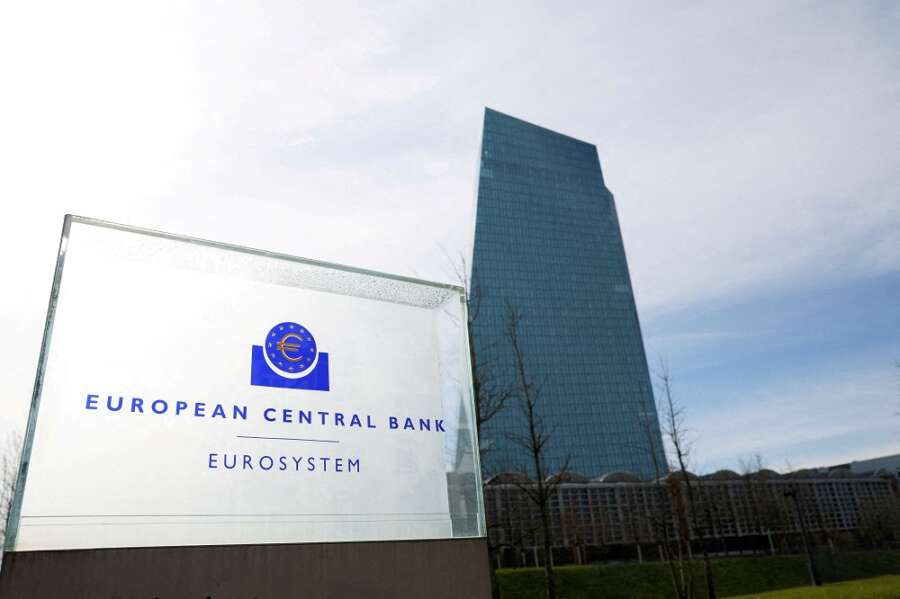
By Karin Strohecker and Sumanta Sen
LONDON (Reuters) – Central banks across major developed economies delivered what looked like a last gasp set of rate hikes in September, while economies in both Latin America and emerging Europe were on track for continued easing.
September saw nine of the central banks overseeing the 10 most heavily traded currencies hold rate setting meetings, though just three – Sweden, Norway and the European Central Bank – hiked rates, by a cumulative 75 basis points. The U.S. Federal Reserve, the Bank of England as well as Australia, Canada and Japan all opted for no change, Reuters data showed. New Zealand’s central bank did not meet.
September’s moves compare to two hikes across four meetings in August – traditionally a more quiet month for monetary policy decisions – and take the 2023 year-to-date tally for G10 central banks to a total of 1,150 bps across 36 hikes.
“We have reached cruising altitude for the central banks – at 4% for the ECB and 5.25%-5.50% at the Fed, I do not see any more hikes in the near future,” said Bjoern Jesch, global chief investment officer at DWS Group.
“Policy is restrictive right now – it will bring down growth, but not in a massive way.”
Markets have seen some seismic shifts in recent weeks after being forced to adjust to the ‘higher for longer’ mantra propagated by major central banks.
Diverging rate trajectories were on full display in emerging economies where 16 out of the 18 central banks in the Reuters sample held meetings in September.
Latin America and central and eastern Europe are at the forefront of the easing cycle, with Brazil, Chile and Poland lowering benchmarks, taking the cumulative amount of rate cuts to 200 bps for September, and the annual total of cuts to 420 bps across eight moves lower.
Hungary also reduced one of its rates – the one-day deposit rate by 100 basis points to 13% last week – aligning it with the main base rate which it left unchanged.
However, the recent jump in oil prices has added to uncertainty over how fast the easing cycle could progress.
“Most policy makers are quite cautious,” said Kaan Nazli, a portfolio manager at asset manager Neuberger Berman.
“I don’t think we’re back to the point where these central banks will start tightening again..but if you are a central banker, especially of an oil importing country, you do become more cautious.”
On the other hand, a select number of central banks in emerging markets were still in hiking mode.
Turkey, which is struggling with inflation pressures and a currency that is sliding from one record low to the next, delivered another bumper 500 bps rate hike. Russia raised its benchmark by 100 bps while Thailand also hiked rates in surprise decision, taking the monthly tightening tally across developing economies to 625 bps in September and the total in the year-to-date to +3,475 bps through 30 hikes.
(Reporting by Karin Strohecker in London and Sumanta Sen in Mumbai, editing by Christina Fincher)


